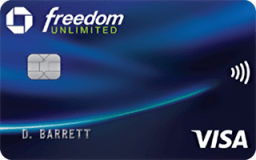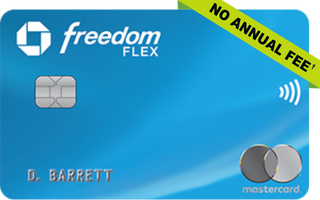Both the Chase Freedom Flex® Card and the Bank of America® Unlimited Cash Rewards Credit Card offer enticing cash back rewards and no annual fees, making them strong contenders for your wallet. In this head-to-head, the BofA Unlimited Cash edges out with a slightly higher cash back score, thanks to its straightforward 1.5% cash back on every purchase and a generous $200 welcome bonus.
But the Freedom Flex shouldn't be overlooked, especially if you can maximize its rotating 5% cash back categories and its rewards on travel and dining. Your choice may come down to a preference for simplicity or the potential for higher rewards in targeted spending areas.















